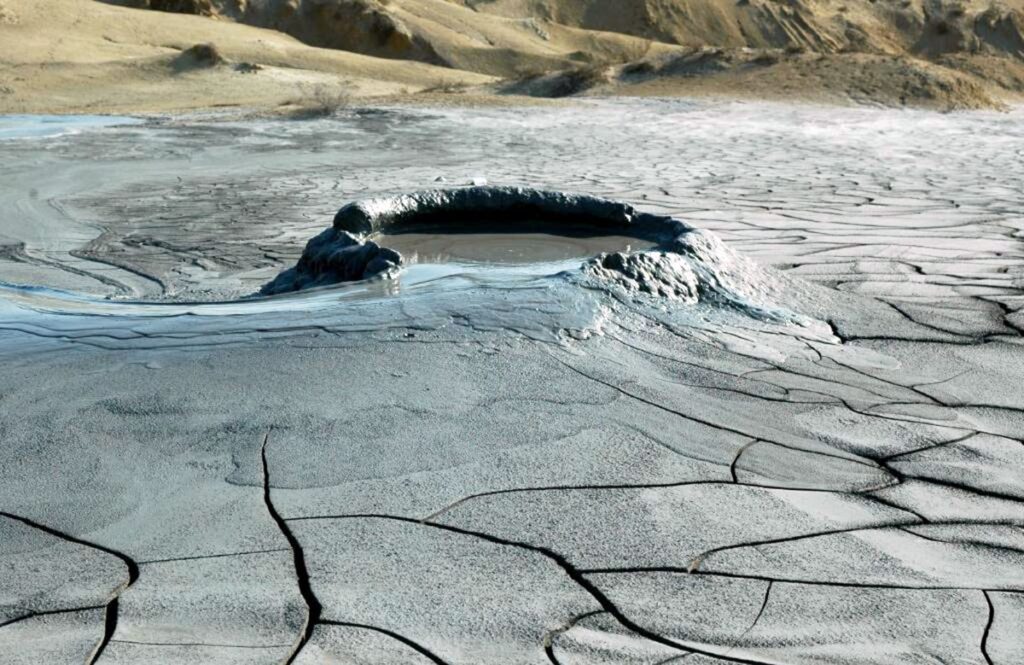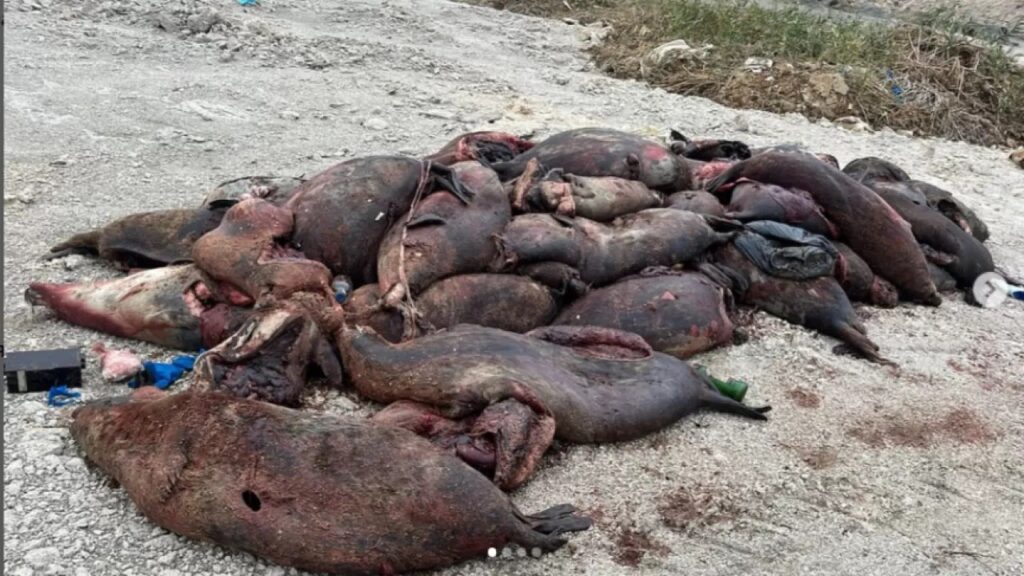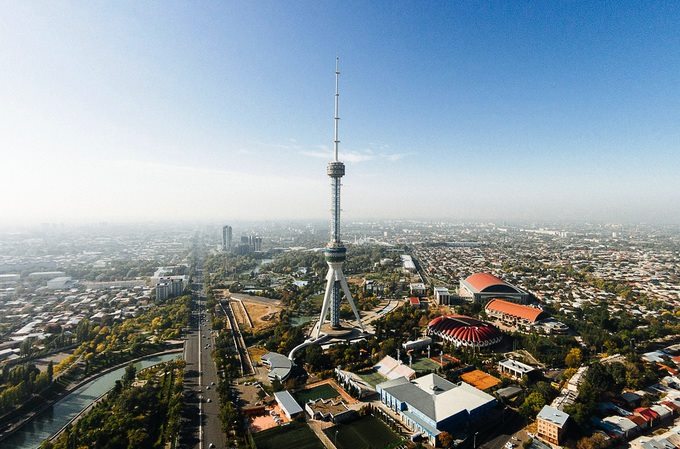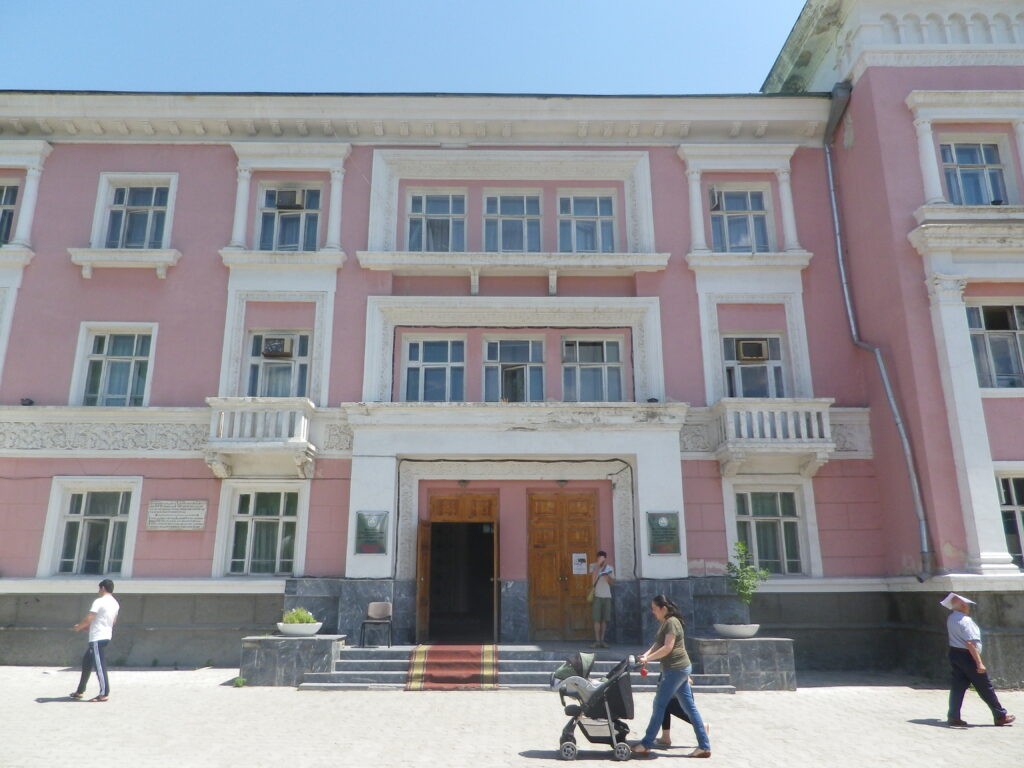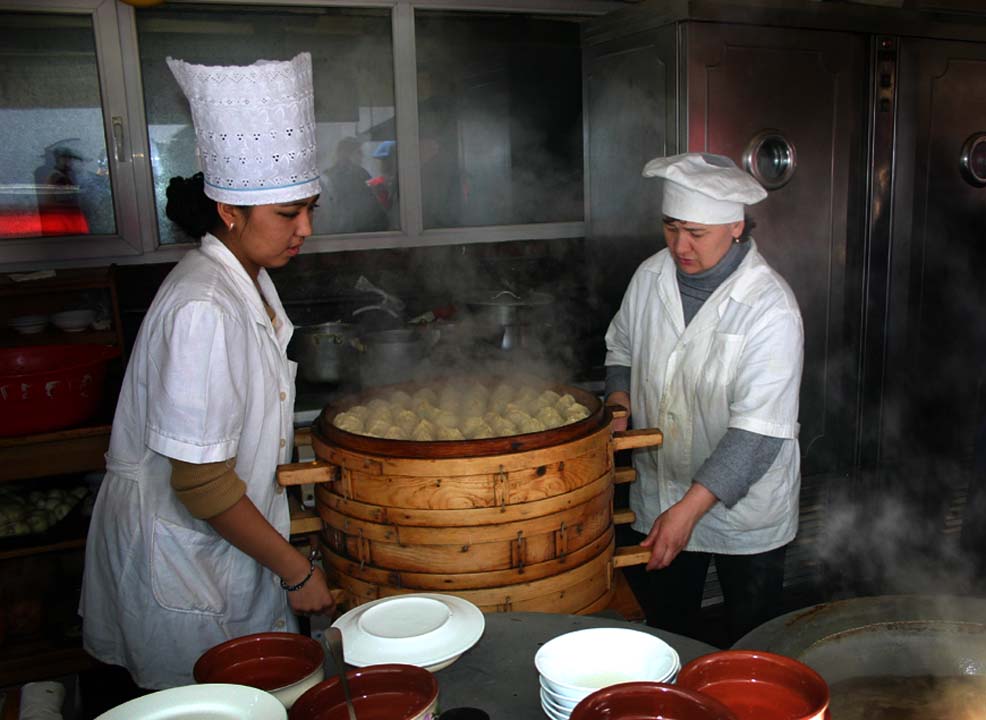Under the banner of “Silk Road Treasures”, TCA’s people -journalists, editors, authors – share their personal experiences of Central Asia and her people, and by listing their favorite places, literature, films, art, architecture and archaeological sites, alongside encounters and customs, provide pointers for readers wishing to visit the region.
Aliya Haidar, Journalist
Kazakhstan’s Mangistau Peninsula (Mangyshlak) is far from fit for human habitation. Fresh water is scarce, the air is filled with dust raised by searing desert winds, huge waves roll over the turbulent Caspian Sea, and only camels can feed on its vegetation.
Mangistau is a symbol of the triumph of nature and, simultaneously, a symbol of victorious industrialization. The balance between the two, however, is very fragile, as events on the peninsula have repeatedly confirmed. In 2000, the peninsula’s landscape still retained its wild, natural beauty but just a decade later, it was a place plagued by social conflict.
The remains of ancient nomadic sites and necropolises of Sufi missionaries illustrates that people have long been determined to tame and develop this remote and barren land but its explosive growth only occurred with the discovery of oil and uranium. In the 1960s, geologists settled in the desert. Within ten years, cities appeared and hundreds of enterprises were established, making Mangistau one of the gems in the Soviet Union’s crown.
Colossal desalination plants near the regional center of Aktau (former Shevchenko) resembling spaceships, are a legacy of the era of rapid development when the world’s first industrial nuclear reactor on fast neutrons, the BN-350, was built on the peninsula. The reactor was shut down after independence in the late 1990s, but conservation is ongoing. Today, few people are allowed into the gloomy catacombs, to the heart of the reactor, but the memory of the power of the atom and the payback has remained.
BN-350 is part of the Mangistau Atomic Energy Combine (MAEC), and the giant desalination plants now supply most of the peninsula with water from the Caspian Sea. But there is still insufficient capacity, and the presence of the endless row of desalination plants warns: “Beware, man. You will have to fight for every drop.”
Even in the regional center of Aktau, water cuts are not uncommon, and intensive farming is out of the question. In the bazaars of Mangistau, most of the products, especially fruit and vegetables, are imported and far more expensive than elsewhere in Kazakhstan where they grow in abundance. And although salaries in the oil industry are higher than the national average, locals pay triple the price for just about everything. Irresistibly attracted by the glitter of “black gold,” the population in the peninsula continues to rise. Almost 800 thousand people currently live in the Mangistau region, making it the ninth most populous region in the country. The load on the peninsula’s natural resources however, is now so disproportionate that it has become the cause of constant conflicts.
But outside the cities, it is easy to forget the harsh reality of the industrial age. In the port of Bautino, whitewashed houses rise out of the yellow desert haze like a set from a movie. Still bearing the name of a Bolshevik killed by the White Guards in 1919, the port also houses the Kazakhstani fleet and oil companies’ ships. A small icebreaker swings by the pier, poised to deal with the capricious Caspian sea when it freezes in winter.
Melting and shimmering in the grey haze of the 50-degree heat, the 150 kilometer highway separating Aktau and oil zone of Zhanaozen, is devoid of settlements and roadside stores, and the only signs of life are the silhouettes of camels – “desert ships”- floating by in the distance.
Apart from a modest signpost, nothing tells you that you are passing Karagye, one of the deepest dry depressions in Asia (132 meters below sea level). Also known as “Black Mouth”, it is easy to imagine that in times immemorial, the spirits of the local deserts rose from the canyon.

@Lada.kz. Karagiye is the deepest natural depression in Kazakhstan (132 meters below sea level)
Zhanaozen is another legacy of the Soviet era. Given the dry climate, the neighborhood accesses fresh water transported hundreds of kilometers from the Volga River; the result of a bold innovation by engineers after the fall of the USSR which almost turned into a disaster.
In 2000, every faucet in the city was wrapped in gauze, and the water looked like rusty liquid mud. Even in expensive hotels and oil company offices, washing was a problem. In 2011, thanks to the reconstruction of the water pipeline, the water situation improved somewhat, but nevertheless, did not deter residents from rioting.
Like all desert cities, Zhanaozen seems to appear from nowhere. There are no suburbs or groves, just cube-like houses that suddenly rise from the desiccated earth. The town is encircled by kilometers of “shakes” of the Novy Uzen (Zhanaozen) deposit, one of the oldest in Kazakhstan. Today, supplies of Novy Uzen are close to exhaustion but that does not stop the influx of those wanting to work in the oil industry.
Due to the high cost of food, poor living conditions, and dissatisfaction with wages, a protest broke out in the town in December 2011. Protesters spent over half a year camping in tents where under the scorching sun and winter winds, they defended demands that the management of the oil company and the Akimat (mayor’s office) could not satisfy. Finally, on December 16, during Kazakhstan’s Independence Day celebrations, angry protesters started riots in Zhanaozen Square. Fifteen people died, hundreds were arrested, and dozens were convicted.
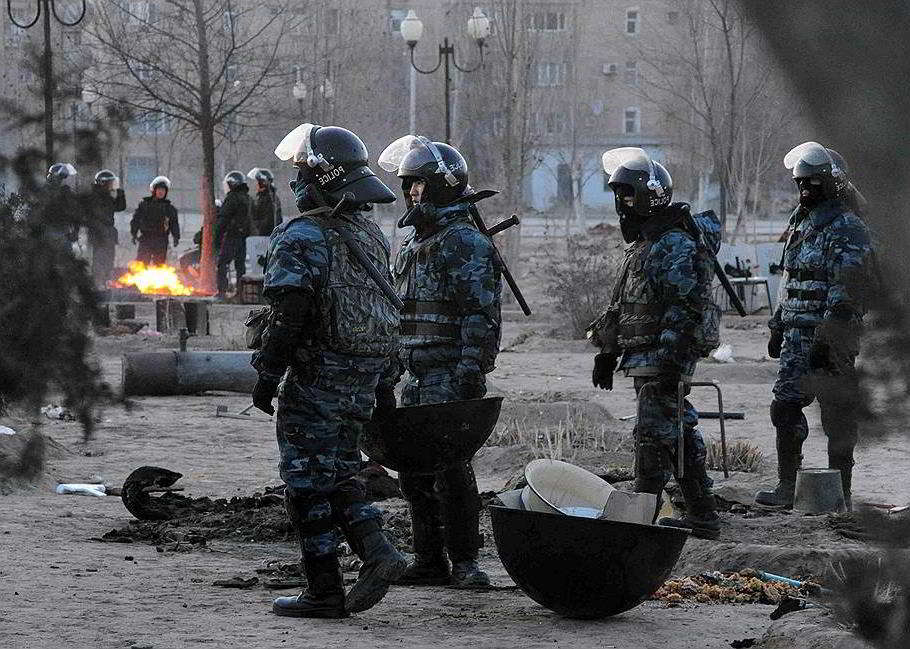
@Denvistorii. Crackdown on protesters in Zhanaozen (2011)
The oil region remains shaken. But despite the harsh nature and social cataclysms, Mangistau holds fast. In red rocks on windy plateaus, in fishing fields, in rare oases behind a rich dastarkhan, the peninsula’s inhabitants welcome guests, and the region remains the pearl of Kazakhstan.

